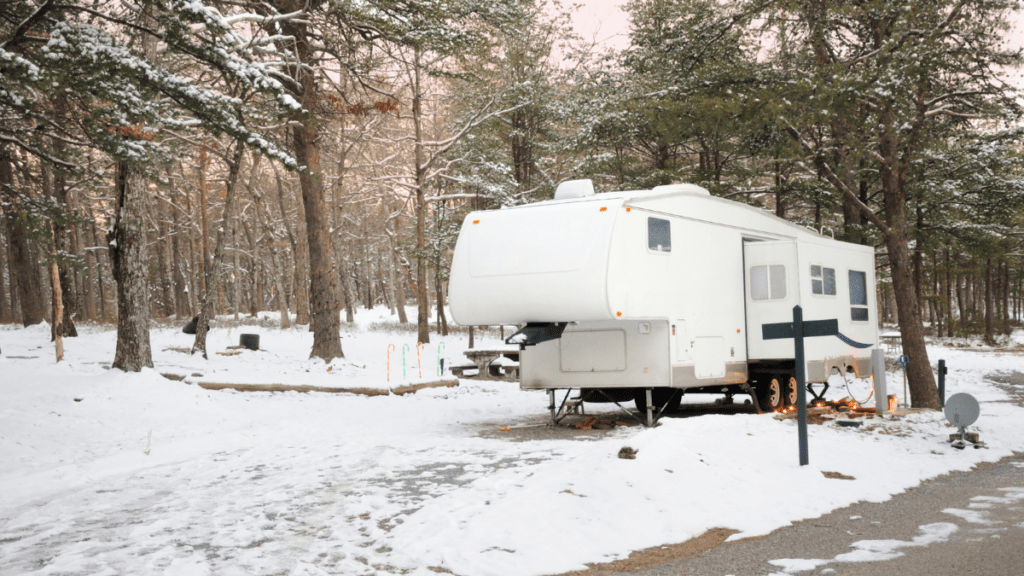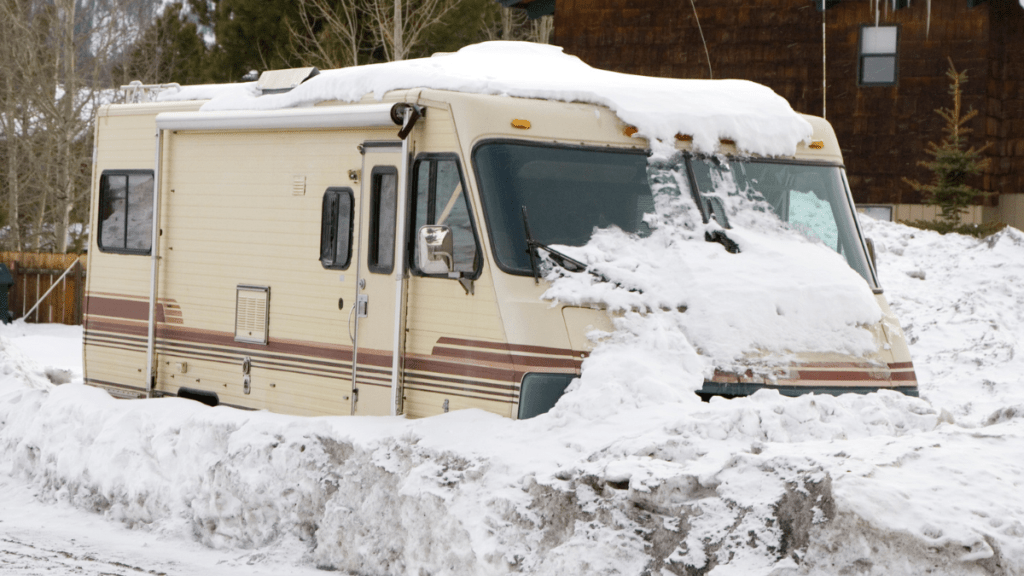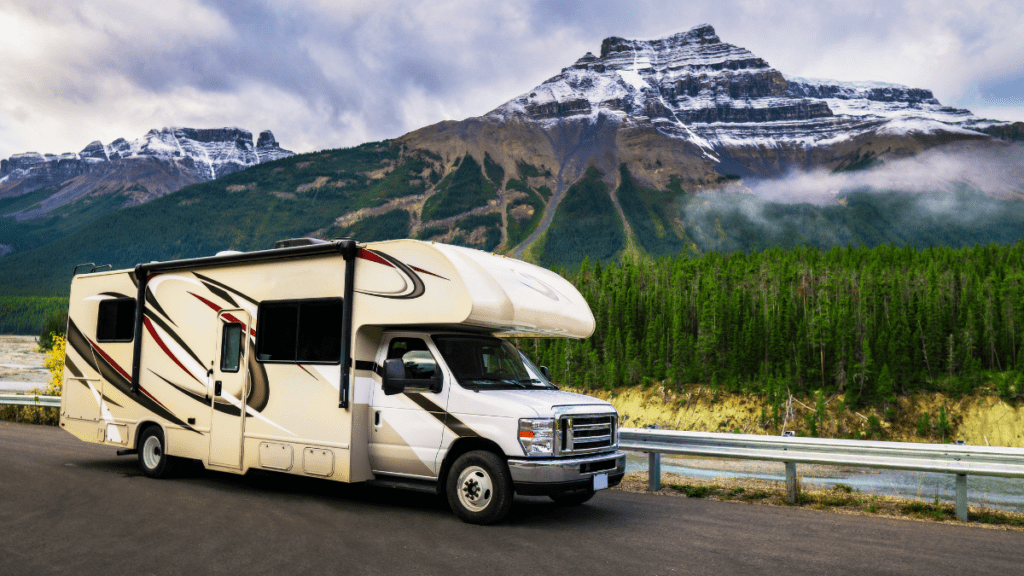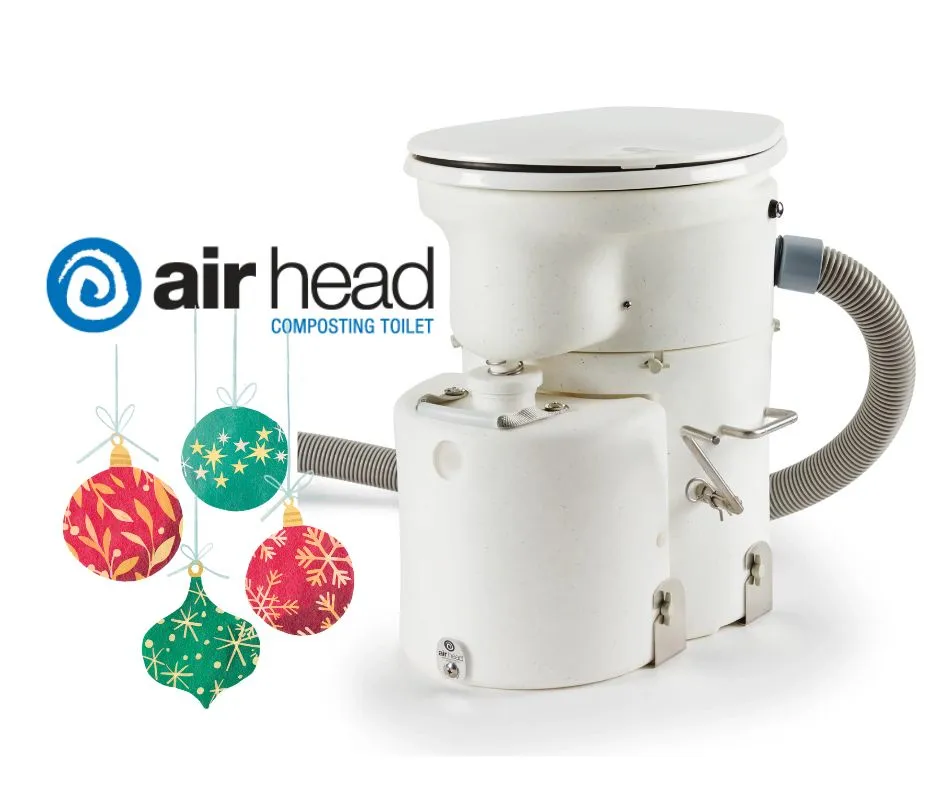Winterizing your boat is an essential task to prepare for the colder months, ensuring that your vessel and its components remain in peak condition when not in use – especially in northern climates where snow or freezing conditions can be expected.
Among the crucial systems requiring attention is your composting toilet. Unlike traditional marine toilets, composting toilets offer a sustainable and eco-friendly solution, but they still need some care during winterization. This guide will walk you through everything on how to winterize your boat composting toilet properly.
Why Winterizing a Composting Toilet Matters
As an essential part of your boat’s sanitation system, composting toilets are designed to manage human waste using aerobic decomposition. This eco-friendly process relies on a delicate balance of temperature, airflow, and moisture to break down waste efficiently. However, during the winter months, freezing temperatures can halt this process entirely. If waste freezes inside the composting chamber, it can cause cracking, damage the toilet’s components, and compromise the overall functionality of the system.

Furthermore, a lack of regular use over the winter can lead to unpleasant odors and buildup if the toilet isn’t properly cleaned and maintained. Residual moisture or organic material left in the composting chamber can also invite mold, pests, or bacterial growth. Proper winterization not only preserves your composting toilet’s performance but also ensures a clean and odor-free experience when the boating season resumes. By taking the time to winterize your composting toilet, you extend its lifespan and reduce the risk of costly repairs, allowing you to enjoy a hassle-free boating experience year after year.
How to Winterize your Composting Toilet: A Step-by-Step Guide
1. Empty the Solid Waste Container
Begin by removing all solid waste from the composting chamber. Composting slows down significantly in cold weather, and leaving waste in the toilet could lead to freezing, which may damage the container or prevent proper decomposition.
- Option 1: Empty into another composting bin to allow it to finish composting. This can then be used for non-edible plants.
- Option 2: Empty into a bag and take it to your local dumping area to discard it according to local regulations
2. Empty and Clean the Liquid Tank
The liquid tank should be completely emptied and cleaned before storing your boat for the winter. Any residual liquid can freeze and expand, potentially causing cracks or leaks.
- Rinse the tank thoroughly with a vinegar-water solution to eliminate buildup or odors.
- Allow the tank to air dry completely before reinstalling.
Check this post on how to clean Air Head composting toilet.
3. Clean All Components
Take time to clean all components of the composting toilet, including the seat, agitator, and ventilation system. This ensures no waste residue or odors linger during storage.
- Use mild, non-toxic cleaners to avoid damaging any parts.
- Check for signs of wear and tear, such as cracks or loose fittings, and repair or replace parts as needed.
4. Remove and Store Organic Materials
If your composting toilet uses peat moss, coco peat, or another organic material as a bulking agent, remove any leftover material from the composting chamber.
- Store unused material in a cool, dry place to prevent it from becoming damp or moldy.
5. Inspect and Maintain the Ventilation System
The ventilation system is vital for odor control and airflow in a composting toilet. During winterization:
- Check the vent hose for blockages or cracks and replace if necessary.
- Clean the fan and ensure it’s functioning properly. If your boat will remain connected to shore power, consider running the fan to maintain airflow.

6. Secure the Composting Toilet for Winter Storage
Once cleaned and emptied, secure the toilet for the winter:
- Fasten all lids and covers to prevent dust or pests from entering.
- Cover the toilet with a protective sheet or tarp to shield it from dust and moisture.
- If your boat is in an area prone to extreme cold, consider adding insulation around the toilet to protect sensitive parts.
Pro Tips for Winterizing Your Composting Toilet
- If Being Used During Winter: Depending on the temperatures, it can be good to add a small heater in the head, or heating pad under the toilet to keep the temperature in range for composting.
- Label Components: Label the parts you’ve removed or disconnected for easy reassembly in the spring.
- Schedule Regular Checks: If you can access your boat during the off-season, check the toilet periodically to ensure no issues arise.

Preparing for the Next Season
When spring arrives and you’re ready to hit the water again, reverse the winterization process by:
- Reassembling the toilet and reinstalling the vent system (if removed).
- Adding fresh bulking material to the composting chamber.
- Testing the system to ensure all components are functioning correctly.
A properly winterized composting toilet will be clean, odor-free, and ready for use when you need it.
Why Choose Air Head Composting Toilets?
At Air Head, we offer composting toilets that are durable, eco-friendly, and easy to maintain. Our toilets are perfect for marine use, offering a sustainable solution to waste management without the need for a holding tank or pump-outs. By following these winterization steps, you’ll extend the life of your Air Head Composting Toilet and enjoy a hassle-free experience season after season.








